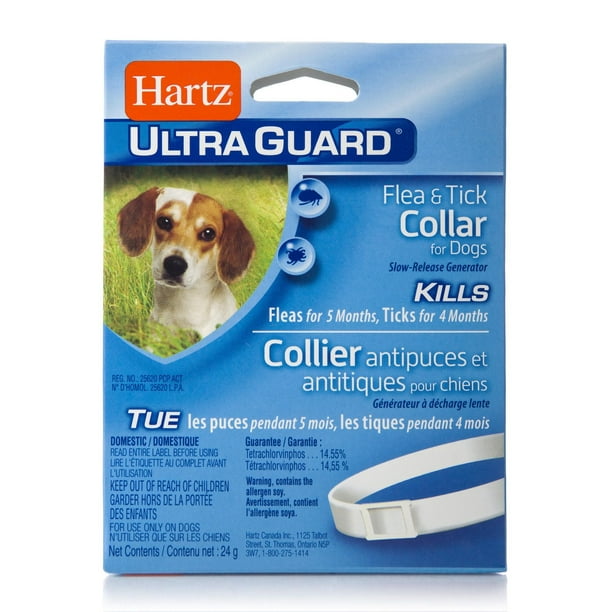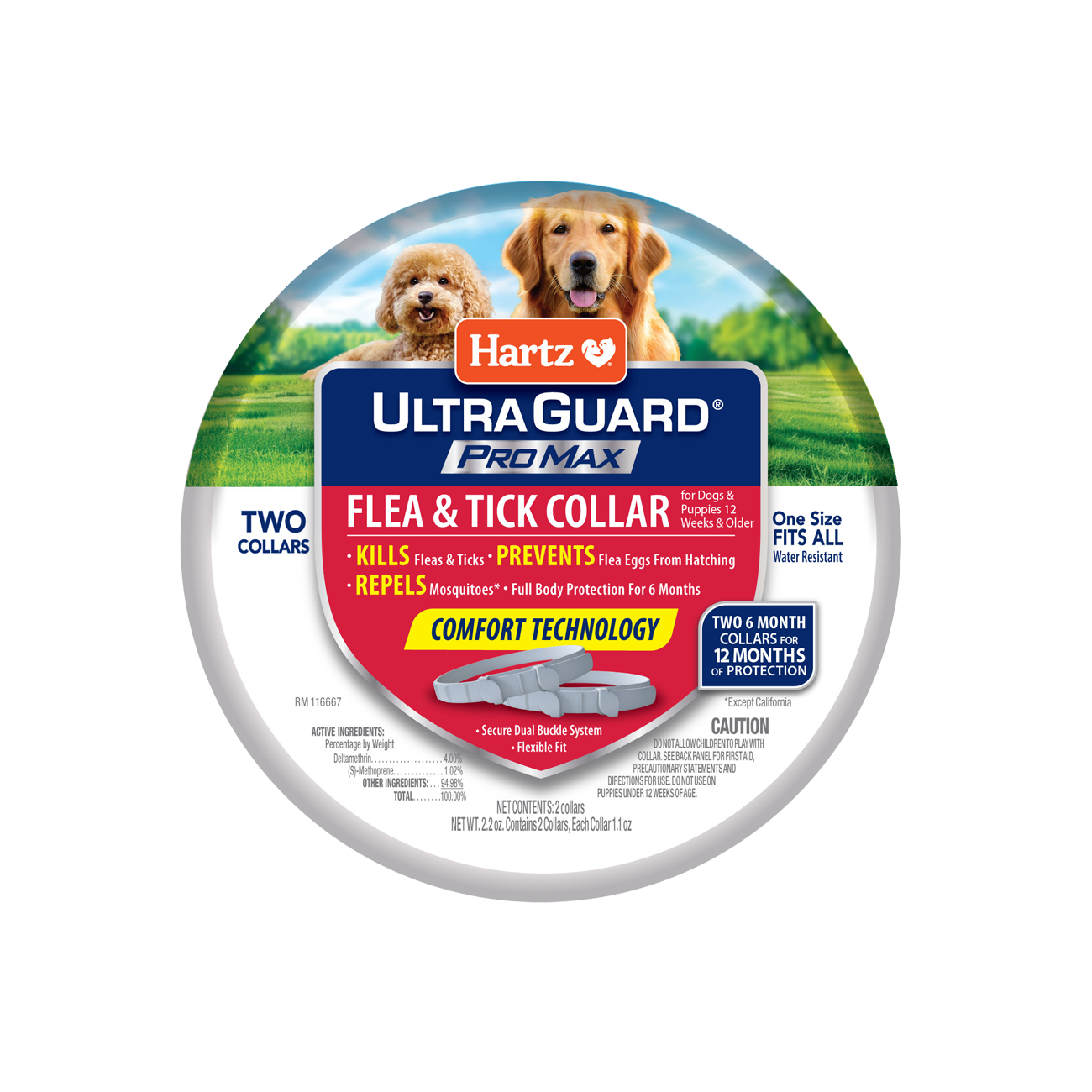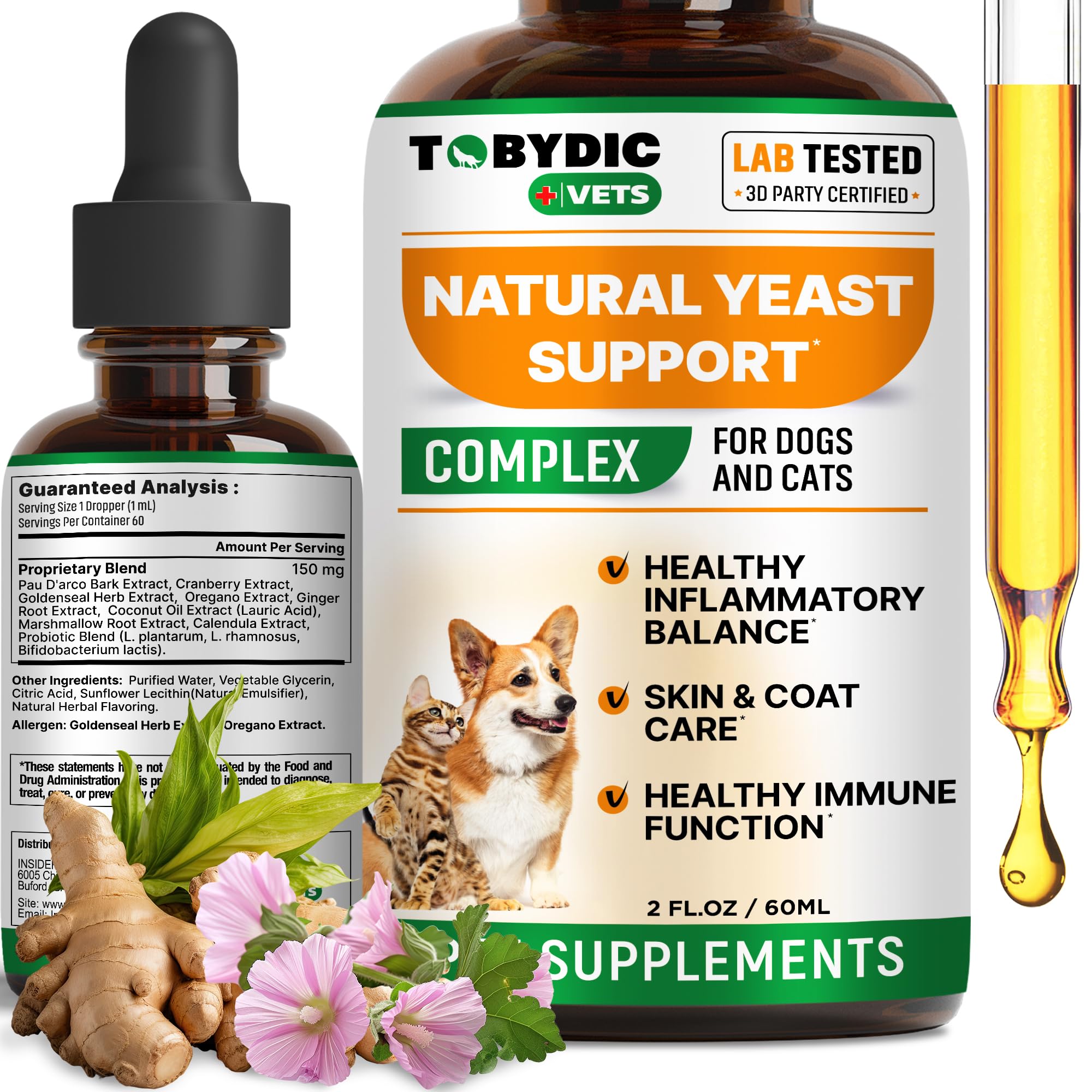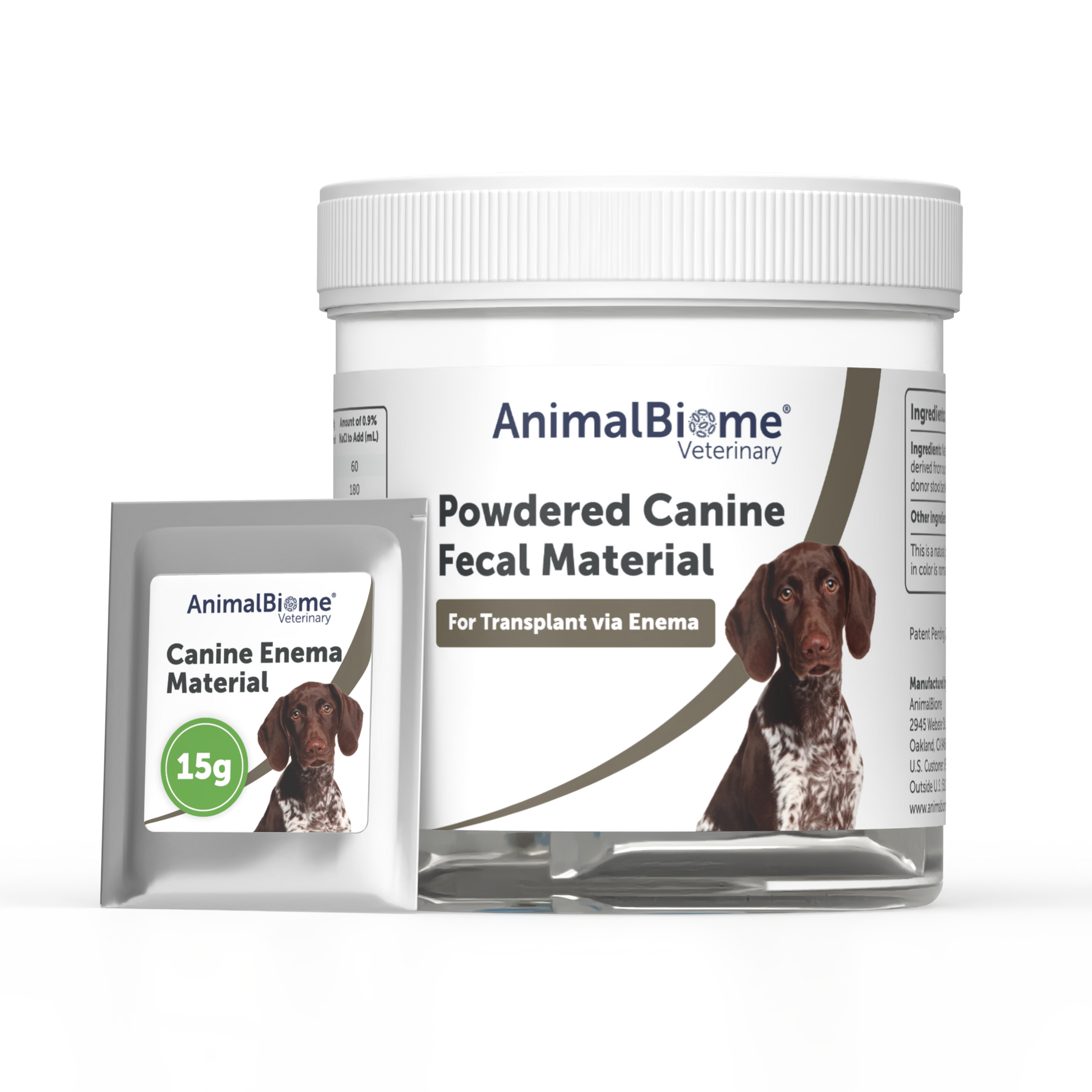Are you tired of seeing your dog scratch and bite because of pesky fleas? You’ve probably heard that flea collars can help, but do they really work?
Before you spend your money on just any collar, it’s important to know how effective they are and what to look for. You’ll discover the truth about dog flea collars, how they work, and whether they can keep your furry friend comfortable and flea-free.
Keep reading—your dog’s comfort depends on it!
How Flea Collars Function
Flea collars offer a simple way to protect dogs from pesky fleas. They work by releasing ingredients that repel or kill fleas. Understanding how flea collars function helps pet owners choose the right product. The effectiveness depends on the active substances and how they work on the dog’s skin and fur.
Active Ingredients
Flea collars contain chemicals that target fleas and ticks. Common active ingredients include:
- Imidacloprid – attacks the nervous system of fleas
- Flumethrin – repels and kills ticks and fleas
- Permethrin – disrupts insect nerve function
- Essential oils – natural repellents like citronella or eucalyptus
These ingredients vary by brand and type of collar. Some collars release the chemicals slowly over weeks or months. Others work through direct contact with the pet’s skin.
Mechanism Of Action
Flea collars work by spreading active ingredients around the dog’s neck. The chemicals move through the skin oils and coat. Fleas that bite or crawl onto the dog come into contact with the ingredients.
This contact affects the flea’s nervous system. It causes paralysis or death, stopping flea infestations. Some ingredients also repel fleas, keeping them away from the dog.
Continuous release maintains protection for weeks. Flea collars create a shield that limits flea survival and reproduction. This helps keep the dog comfortable and flea-free.
Effectiveness Of Flea Collars
Flea collars offer a convenient way to protect dogs from fleas. Their effectiveness varies based on the type and brand. Some collars kill fleas quickly, while others prevent bites and infestations over time. Understanding how flea collars work helps in choosing the right option for your dog’s needs.
Short-term Vs. Long-term Protection
Some flea collars provide fast relief by killing fleas on contact. These collars work well for immediate flea removal. However, their protection may last only a few days or weeks.
Long-term collars release chemicals slowly to protect dogs for several months. They prevent new fleas from attaching and breeding on your pet. This type is better for ongoing flea control.
- Short-term collars: quick action, shorter protection
- Long-term collars: slower release, lasting protection
Comparison With Other Flea Treatments
Flea collars differ from shampoos, sprays, and oral medications. Shampoos kill fleas on contact but offer no lasting protection. Sprays can cover large areas but need frequent reapplication.
Oral medications work through the bloodstream to kill fleas when they bite. These often provide fast and effective control but need vet approval.
| Treatment | Duration | Ease of Use | Effectiveness |
|---|---|---|---|
| Flea Collars | Weeks to months | Easy to use | Moderate to high |
| Shampoos | Minutes to hours | Moderate | Low to moderate |
| Sprays | Days | Moderate | Moderate |
| Oral Medications | Weeks to months | Easy (pill or chew) | High |
Benefits Of Using Flea Collars
Flea collars offer several benefits for pet owners who want to protect their dogs from fleas. These collars provide a simple and effective way to keep fleas away. They can improve your dog’s comfort and health by reducing flea bites and irritation. Using flea collars can also save time compared to other flea treatments.
Convenience And Ease Of Use
Flea collars are easy to put on and remove. They do not require daily application like sprays or shampoos. Once fitted, the collar works continuously for weeks or months. This makes flea collars a low-maintenance option for busy pet owners. They are also waterproof, so dogs can swim or bathe without losing protection.
Cost-effectiveness
Flea collars are usually less expensive than monthly topical treatments. A single collar can protect your dog for several months. This reduces the need to buy multiple products. Flea collars also lower vet visits caused by flea-related health issues. Saving money and time makes flea collars a smart choice for many dog owners.
Potential Risks And Side Effects
Using dog flea collars might seem like a simple solution to keep fleas at bay, but it’s important to weigh the potential risks and side effects. While many dogs tolerate these collars well, some experience adverse reactions that can affect their health and comfort. Understanding these risks helps you make safer choices for your furry friend.
Allergic Reactions
Some dogs develop allergic reactions to the chemicals in flea collars. Symptoms include redness, itching, hair loss, or even swelling around the neck where the collar sits.
One dog owner shared how her pet started scratching nonstop after wearing a flea collar. Removing the collar quickly stopped the irritation, showing the direct link.
Keep an eye on your dog’s behavior and skin condition when introducing a new flea collar. If you notice any discomfort, consult your vet immediately.
Environmental Concerns
Flea collars release chemicals that can linger in the environment. These substances may harm other pets, wildlife, or even contaminate soil and water.
Think about where your dog spends most of its time. If it’s often outdoors, the chemicals might affect local insects or plants in ways you don’t expect.
Choosing collars with natural ingredients or alternative flea control methods might reduce your pet’s environmental footprint. How much does the health of your surrounding ecosystem matter to you?
Choosing The Right Flea Collar
Choosing the right flea collar for your dog can feel overwhelming with so many options on the market. The right collar not only keeps fleas at bay but also ensures your pet’s comfort and safety. Understanding what to look for will help you make a smart choice that fits your dog’s needs.
Factors To Consider
Start by thinking about your dog’s size and breed. Some collars work better for small breeds, while others are designed for larger dogs with thicker fur.
Check the active ingredients. Some collars use natural repellents, while others rely on chemicals. Are you okay with chemical treatments, or do you prefer something more natural?
Consider your dog’s age and health. Puppies and dogs with sensitive skin may need gentler options. Have you noticed any skin reactions from collars before?
Also, look at how long the collar lasts. Some offer protection for a few weeks, others for several months. How often do you want to replace the collar?
Top Brands And Products
| Brand | Key Features | Best For | Duration |
|---|---|---|---|
| Seresto | Long-lasting, effective against fleas and ticks, odorless | Dogs of all sizes, sensitive skin | Up to 8 months |
| Adams Plus | Contains insect growth regulator, kills fleas and ticks quickly | Active dogs, outdoor pets | Up to 7 months |
| Vet’s Best | Natural ingredients like peppermint and clove oil | Owners preferring natural flea control | Up to 30 days |
Have you tried any of these brands? What worked best for your dog’s lifestyle and skin? Sharing your experience can help other pet owners make better choices too.

Credit: www.amazon.com
Tips For Maximizing Effectiveness
Maximizing the effectiveness of dog flea collars requires attention to detail and consistent care. Proper use ensures the collar works as intended, providing relief for your pet. Small steps can make a big difference in controlling fleas.
Proper Application
Place the collar snugly around your dog’s neck. It should not be too tight or too loose. Leave enough space to fit two fingers between the collar and skin. Trim extra length to avoid catching on objects.
Make sure the collar stays dry. Water can reduce its effectiveness. Remove the collar during baths or swimming. Follow the manufacturer’s instructions carefully for the best results.
Regular Monitoring
Check the collar often for signs of wear or damage. Replace it as recommended by the product label. Look for any skin irritation or discomfort on your dog.
Inspect your dog for fleas regularly. Flea collars work best with a clean, flea-free environment. Use flea combs and monitor your dog’s behavior for scratching or biting.
Alternatives To Flea Collars
Flea collars are common for protecting dogs, but they are not the only choice. Several alternatives can keep fleas away effectively. These options suit different dogs and owner preferences. Exploring these helps find the best flea control for your pet.
Natural Remedies
Natural remedies offer gentle flea protection without harsh chemicals. Many pet owners prefer these for sensitive dogs.
- Apple cider vinegar can repel fleas when diluted and sprayed on fur.
- Essential oils like lavender or neem work but must be used carefully.
- Regular brushing helps remove fleas and eggs from your dog’s coat.
- Bathing dogs with mild flea shampoos reduces flea presence.
- Diatomaceous earth, food grade, can be sprinkled on bedding and fur.
Natural methods require consistency and patience. They often work best combined with other approaches.
Prescription Options
Prescription flea treatments provide strong and reliable flea control. Veterinarians recommend these for heavy infestations or sensitive pets.
- Oral medications kill fleas quickly from inside the dog’s body.
- Topical treatments applied to the skin offer long-lasting protection.
- Injectable options give extended flea prevention with one dose.
- Prescription sprays and powders target both fleas and ticks.
These options need a vet’s approval and guidance for safe use. They are highly effective at breaking flea life cycles.

Credit: www.walmart.ca
Expert Opinions And Recommendations
Expert opinions and recommendations provide valuable insights into the effectiveness of dog flea collars. Professionals and users share their views based on experience and knowledge. Their feedback helps pet owners make informed decisions about flea prevention.
Veterinarian Insights
Veterinarians often emphasize the importance of flea collars as part of a flea control plan. Many agree that collars can help reduce flea infestations, but they rarely recommend using them alone. Flea collars work best when combined with other treatments such as topical solutions or oral medications.
Experts warn about the potential for skin irritation from some collars. They advise monitoring dogs for any allergic reactions. Choosing a collar with vet-approved ingredients increases safety and effectiveness.
Some vets highlight newer collars that release chemicals slowly over weeks. These collars provide longer protection and better flea control. However, regular replacement is necessary to maintain protection.
User Experiences
Dog owners report mixed results with flea collars. Many notice fewer fleas after using the collar for a few weeks. Some users find collars convenient and easy to use compared to other methods.
Others mention that collars alone do not eliminate fleas completely. They suggest combining collars with regular grooming and cleaning of the dog’s environment. Some users prefer collars with natural ingredients to avoid harsh chemicals.
Pet owners also note the importance of choosing the right size and fit. A loose collar may not work effectively, while a tight collar can cause discomfort. Proper fit ensures the collar stays in place and works properly.

Credit: www.hartz.com
Frequently Asked Questions
How Effective Are Dog Flea Collars In Preventing Fleas?
Dog flea collars can be effective if used correctly. They release chemicals that repel or kill fleas. Effectiveness varies by brand and flea severity. Always choose collars approved by vets for best results.
Can Flea Collars Harm My Dog’s Health?
Most flea collars are safe if used as directed. Some dogs may experience skin irritation or allergic reactions. Always monitor your dog after applying a collar and consult a vet if any issues arise.
How Long Do Flea Collars Typically Last?
Flea collars usually last between 4 to 8 months. Duration depends on the collar type and manufacturer. Check the product label for specific timeframes to ensure continuous flea protection.
Are Flea Collars Better Than Other Flea Treatments?
Flea collars offer long-lasting protection and are easy to use. However, some situations may require additional treatments like shampoos or oral medications. Combining methods often provides the best flea control.
Conclusion
Dog flea collars can help reduce flea problems effectively. They work best when used correctly and consistently. Some collars kill fleas quickly, while others prevent new ones. Remember, no product works perfectly alone. Regular grooming and cleaning your pet’s space matter too.
Always check your dog for signs of irritation or allergies. Choosing the right collar depends on your dog’s size and needs. Flea collars offer a simple way to protect your dog. Keep your pet comfortable and flea-free with proper care.
Small steps lead to big results.







